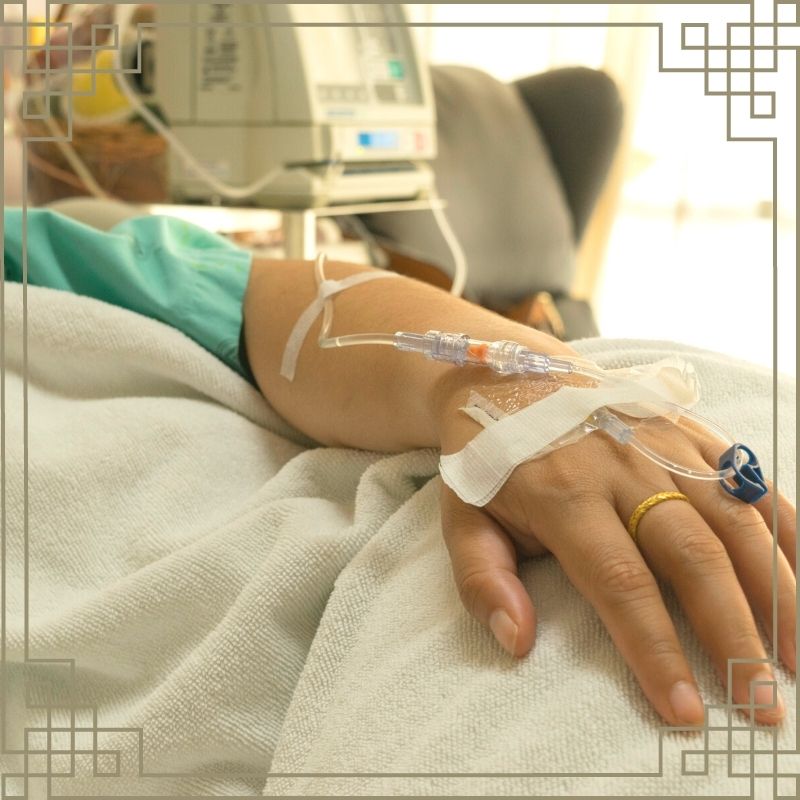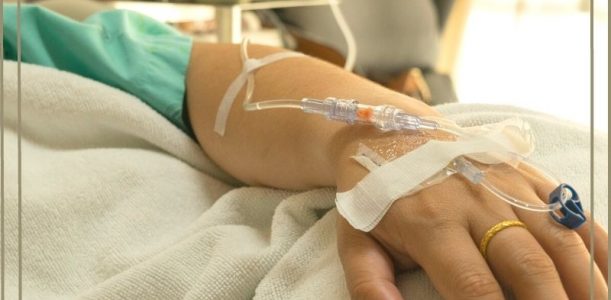
- Pharmaceuticals
- Controlled substance waste
- Biohazard waste
- Infectious waste
- Sharps
- Personal protective equipment (PPE)
It is critical to keep patients and staff safe, to protect the environment and to ensure compliance to regulations to follow proper medical waste management segregation and disposal practices.
How to Segregate Medical Waste in Long-Term Care Facilities
Pharmaceutical Waste
Pharmaceutical waste includes expired, unused or leftover medications that are no longer needed. Pharmaceutical waste may be classified as either nonhazardous or hazardous depending on the risks and chemical properties. Improper medication disposal results in dangerous contamination to the environment and groundwater as well as plant life, aquatic life and drinking water. Not following proper procedures for disposing of medications can also lead to drug diversion, which is one of the biggest factors contributing to the opioid epidemic in the U.S.
Non-hazardous pharmaceutical waste should be segregated from Regulated Medical Waste (RMW) into a container such as Rx Destroyer™ specifically designated for nonhazardous medication waste. Non-hazardous pharmaceuticals must be segregated from other types of RMW which have different requirements because of the risks to the environment and human health.
Controlled Substance Waste
Properly disposing of controlled substance waste is critical to prevent drug diversion, which involves the unintended or illegal use of prescription controlled substances. The Drug Enforcement Administration (DEA) organizes controlled substances into various schedules, or groups, based on the risk of abuse or harm. Controlled substance waste must be disposed of properly in accordance with DEA regulations including the Code of Federal Regulations CFR 21.
Check with your pharmaceutical waste disposal provider such as C2R Global Manufacturing, Inc., for more information on the proper disposal of controlled and non controlled drugs.
C2R Global offers turnkey pharmaceutical waste disposal solutions including easy tears Rx Destroyer™ products, mail back and waste hauler services as well as compliance consultations. Rx Destroyer™ is safe and effective, quickly neutralizing medication with a patented* solution of activated carbon for chemical digestion, a method of disposal approved by the DEA. Contact us to learn more about proper and compliant pharmaceutical waste disposal and long-term care facilities.

